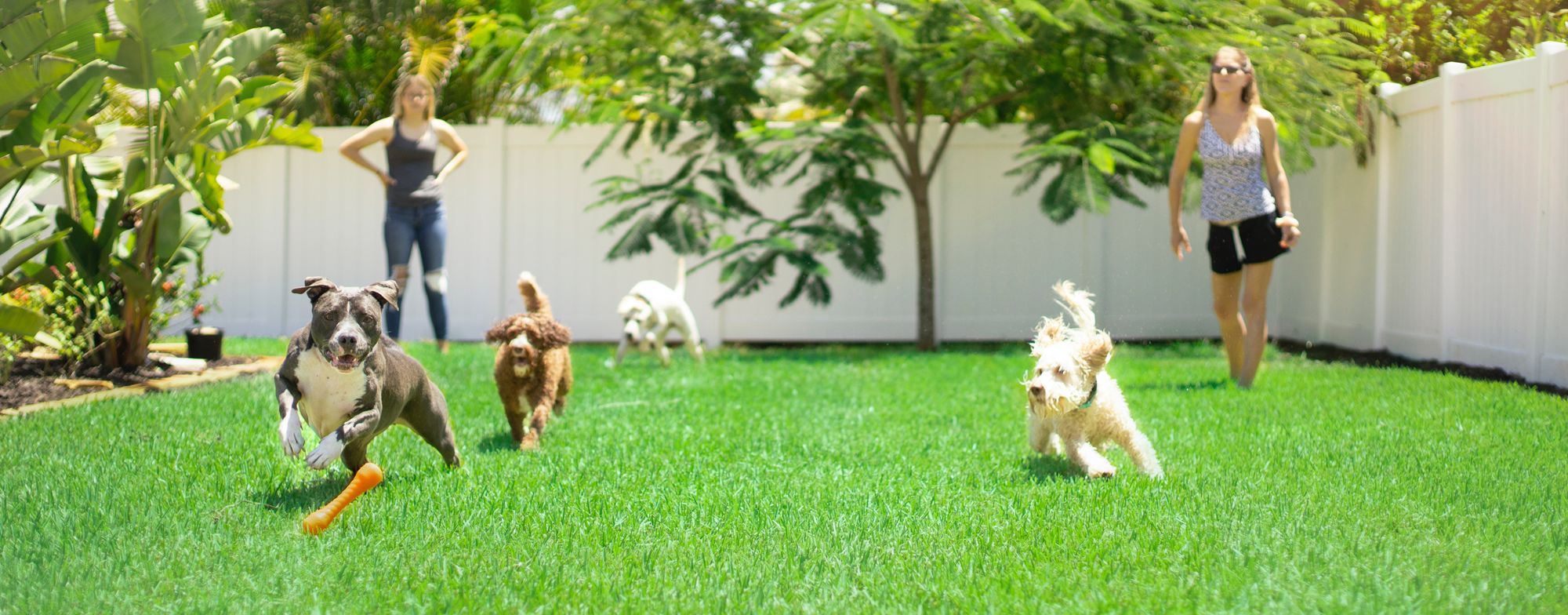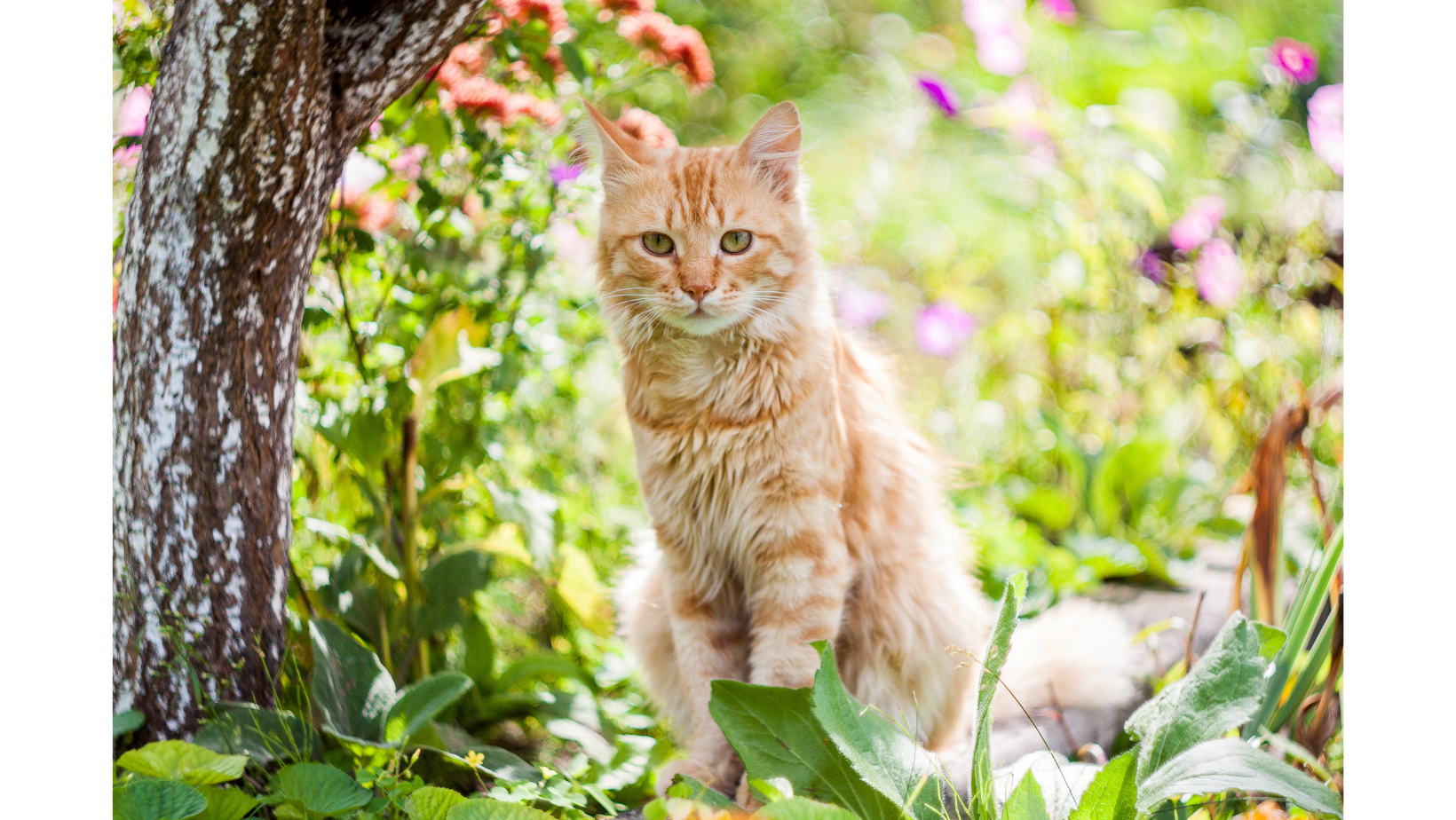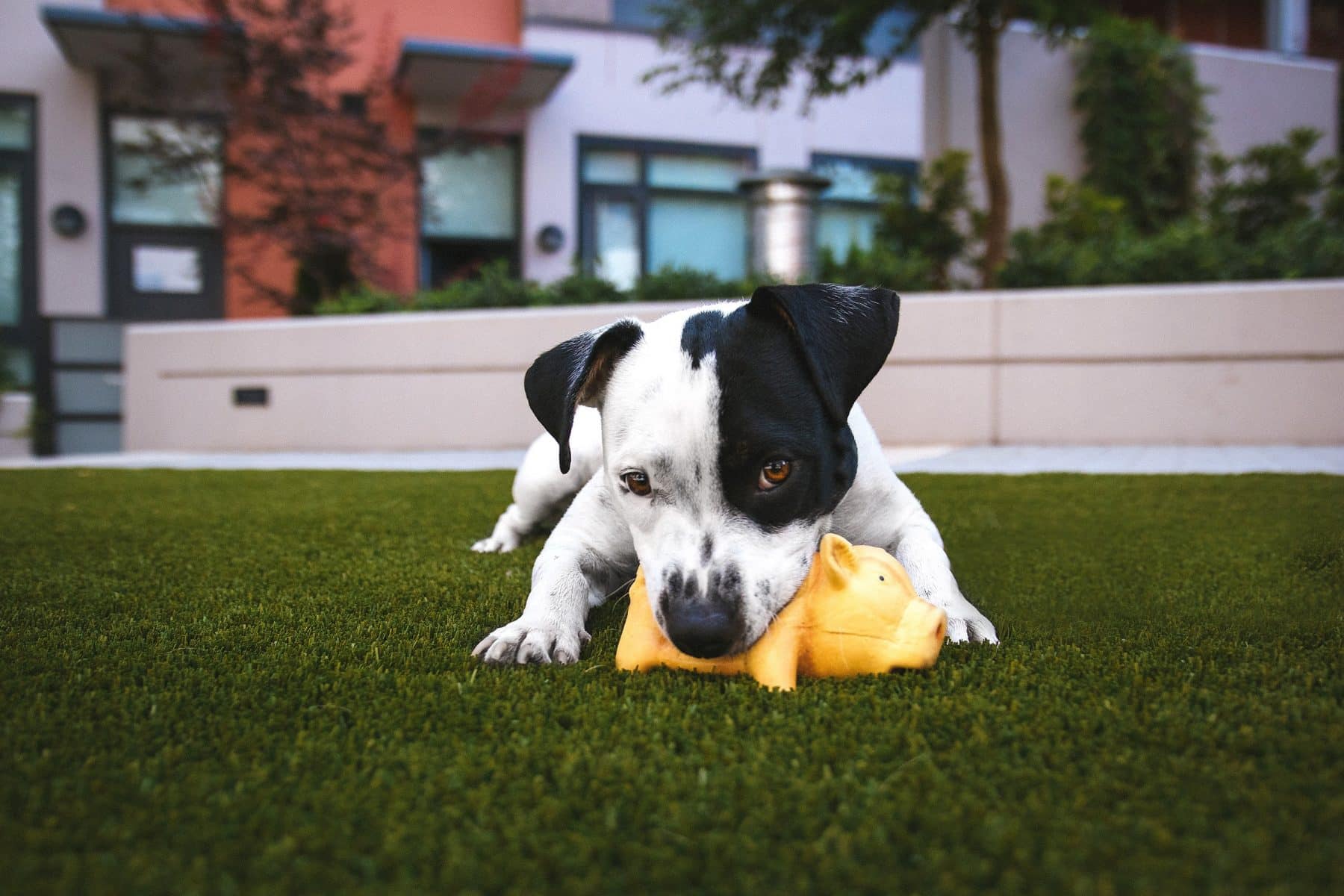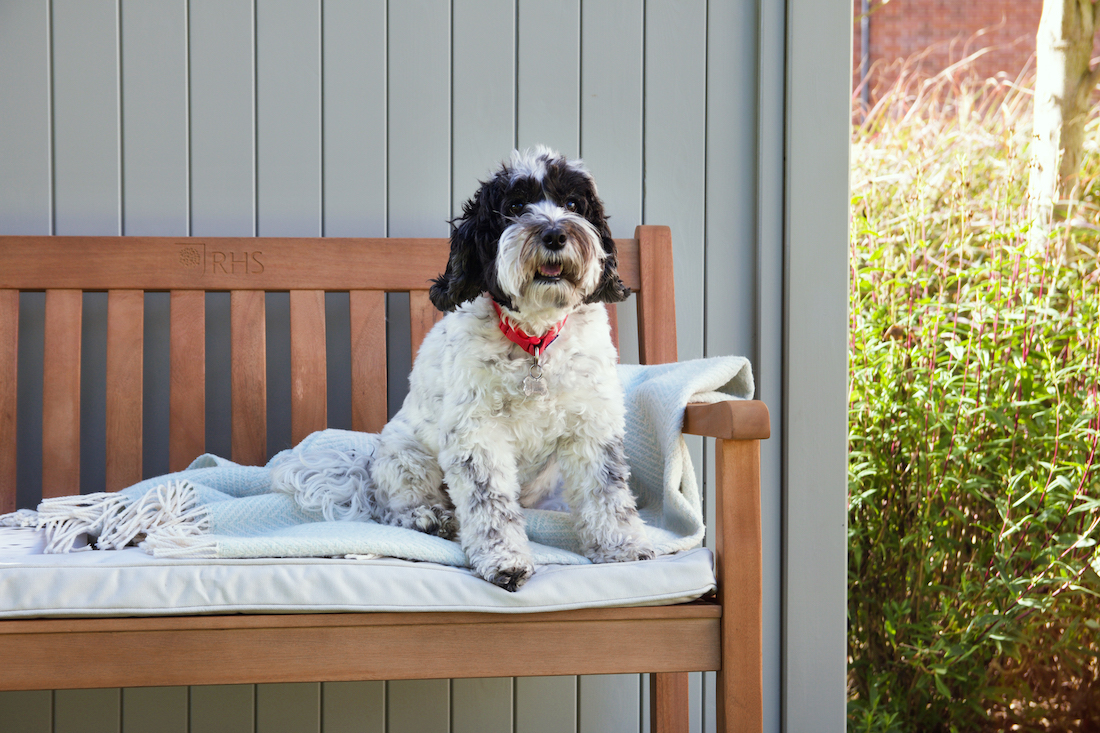As pet owners, we all want our furry friends to enjoy their time in the great outdoors just as much as we do. However, creating a pet-friendly garden can be a challenge, especially when it comes to maintaining the beauty of our outdoor spaces. But fear not, with a few simple adjustments and additions, you can have a garden that both you and your pets will love. In this article, we will discuss 5 key tips on how to create a pet-friendly garden, from choosing the right plants to creating safe play areas for your pets.
1. Selecting Pet-Safe Plants

What to Look for in Pet-Friendly Plants
When selecting plants for your garden, it is important to consider the safety of your pets. Some plants, while beautiful, can be toxic to animals if ingested. It is best to avoid these types of plants altogether to ensure the health and safety of your furry friends. Here are some key things to look for when choosing pet-friendly plants:
- Check the toxicity level: The ASPCA has a comprehensive list of plants that are toxic to dogs and cats. Avoid planting any of these in your garden.
- Consider the location of the plant: If you have a curious pet who loves to dig around in the garden, it is best to avoid plants that have bulbs or tubers which could be harmful if ingested.
- Opt for non-toxic alternatives: If you really love a particular plant that may be toxic to pets, try looking for a similar non-toxic alternative. For example, instead of lilies, opt for daylilies which are safe for pets.
Pet-Friendly Plant Options
Now that you know what to look out for, here are some pet-friendly plant options that will add beauty and greenery to your garden without posing a threat to your pets:
- Petunias: These colorful annuals are safe for both dogs and cats and will add a pop of color to your garden.
- Sunflowers: Not only are these flowers safe for pets, but they also attract pollinators like bees and butterflies.
- Herbs such as rosemary, thyme, and basil: These herbs not only smell great but are also safe for pets. They can even provide some health benefits for your furry friends when added to their food.
- Spider plants: These low-maintenance houseplants are safe for pets and have been said to improve air quality in the home.
- Succulents: These trendy plants are safe for pets and come in a variety of shapes, sizes, and colors.
2. Creating Safe Play Areas
:max_bytes(150000):strip_icc()/welsh-corgi-dog-garden-getty-0420-700d4e1e455a4a7db8bd5231294917ef.jpg)
Fenced-In Areas
If your pets love to run around and play in the garden, it is important to create a safe and secure area for them to do so. One option is to fence off a designated play area for your pets. This will not only keep them safe from potential dangers outside of the garden, but it will also protect your garden from any unwanted digging or trampling. A simple wire or picket fence can do the trick, or you can get creative and use shrubs or flower beds to create a natural barrier.
Pet-Friendly Features
Incorporating pet-friendly features into your garden can also make it a fun and safe place for your pets to play. Consider adding a shallow pool or water fountain for your pets to cool off in on hot days. You can also include some pet-friendly toys and obstacles for them to play with, such as tunnels, ramps, and jumps. Just be sure to supervise your pets while they are playing to ensure their safety.
3. Avoiding Harmful Chemicals

Natural Pest Control Methods
Using chemical pesticides and fertilizers in your garden may keep pests and weeds at bay, but they can also be harmful to your pets. To avoid exposing your furry friends to these chemicals, opt for natural pest control methods such as using neem oil or diatomaceous earth. You can also plant flowers and herbs that naturally repel pests, like marigolds and lavender.
Pet-Safe Lawn Care
When it comes to caring for your lawn, there are some simple steps you can take to ensure the safety of your pets. Avoid using chemical herbicides on your lawn as they can be harmful to pets if ingested. Instead, manually remove any weeds or use a natural weed killer. When mowing your lawn, be sure to pick up any clippings as they can contain toxic chemicals from fertilizers or pesticides.
4. Providing Shade and Shelter

Creating Shady Spots
Just like us, our pets need a break from the sun on hot days. Be sure to provide plenty of shade in your garden by planting trees, installing a canopy or pergola, or adding an umbrella to your outdoor furniture. This will not only protect your pets from the heat but also create a comfortable spot for them to relax and enjoy the outdoors.
Building a Pet-Friendly Shelter
In addition to providing shade, it is important to have a designated shelter for your pets to retreat to when needed. This could be a dog house, a covered patio, or even a large tree with low-hanging branches. Make sure the shelter is large enough to comfortably fit your pet and provide protection from rain, wind, and other elements.
5. Maintaining a Tidy Garden

Regular Clean-Ups
To keep your garden safe for your pets, it is important to regularly clean up any potential hazards. This includes picking up any fallen fruit or berries, disposing of any poisonous plants, and keeping tools and chemicals out of reach. It is also a good idea to regularly check your garden for any potential dangers, such as hazardous objects or holes dug by your pets.
Using Pet-Friendly Products
When it comes to maintaining your garden, be mindful of the products you use. Avoid using chemicals that could be harmful to pets, and opt for pet-friendly alternatives instead. For example, vinegar and water can be used as a natural weed killer, and baking soda can help with pest control.
FAQs about Creating a Pet-Friendly Garden

Are there any plants that are safe for pets but may attract unwanted pests?
Yes, some pet-friendly plants, such as catnip or mint, may attract certain pests like mosquitoes or flies. To prevent this, consider keeping these plants in pots or using natural pest control methods.
Should I avoid planting any type of grass in my pet-friendly garden?
No, you can still have a lawn in your pet-friendly garden. Just make sure to use pet-safe fertilizers and avoid chemical herbicides. You can also try planting a pet-friendly grass, such as fescue or ryegrass, which is safe for pets to eat.
Can I let my pets roam freely in my pet-friendly garden?
It is important to supervise your pets while they are in the garden, especially if they are prone to digging or chewing on plants. Designating a play area or using natural barriers can help keep your pets safe and protect your garden from any damage.
What should I do if I suspect my pet has ingested a toxic plant?
If you think your pet may have ingested a toxic plant, contact your veterinarian immediately. It is also helpful to have a list of all the plants in your garden, including their scientific names, to provide to your vet.
Is it safe to use mulch in a pet-friendly garden?
Yes, but be sure to use pet-safe mulch, such as cedar or pine, and avoid cocoa bean mulch which is toxic to pets.
Conclusion: Creating a Pet-Friendly Garden

Creating a pet-friendly garden is all about finding a balance between creating a safe space for your pets and maintaining the beauty of your outdoor space. By choosing pet-safe plants, creating designated play areas, avoiding harmful chemicals, providing shade and shelter, and regularly maintaining your garden, you can have a happy and healthy garden that both you and your pets can enjoy. Remember to always supervise your pets while they are in the garden and consult with your veterinarian if you have any concerns about potential hazards. With these tips and tricks, you can create a beautiful and safe outdoor space for you and your furry friends to enjoy together.



